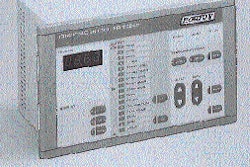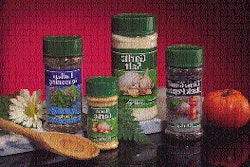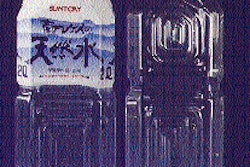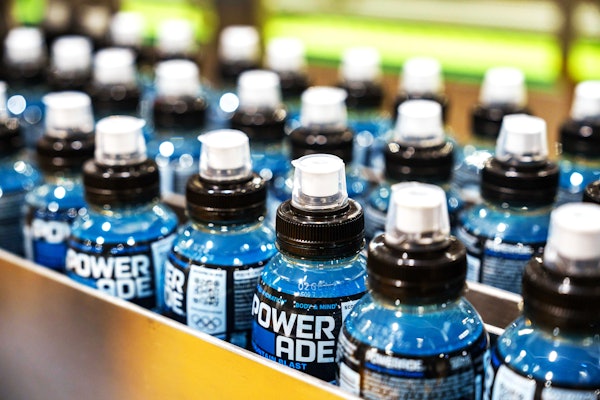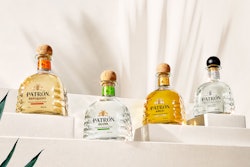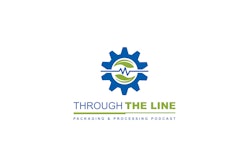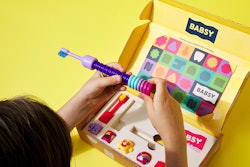
of Canada (Richmond Hill, Ontario, Canada). Some were made of polyethylene terephthalate (PET), but most were CCC's Enviroclear®, a clarified polypropylene with sidewalls as clear as PET (a crystallized white neck and a spot of crystallization at the base is the giveaway). CCC, a diversified supplier, doesn't just market the resin; it plans to supply finished bottles. As CEO Norman Gottlieb told PW, "We have three machines already sold out." Just what those three machines are is a question that Gottlieb isn't answering, although a data sheet describes the advantages of injection/stretch blow molded bottles, compared to PET and polyvinyl chloride. Gottlieb claimed proprietary technology. Also at PAC-EX, held in mid-September, Packaging Assn. of Canada president Alan Robinson noted that packaging speaks with a "single point of view" in Canada, compared to the different packaging sectors in the U.S. This permits a unified strategy on the environment, which is why he feels Canada is ahead of the U.S. in recycling participation. He also reported that the North American Free Trade Agreement has worked well between the U.S. and Canada, with about $2.5 billion in packaging trade moving each way across the border.



